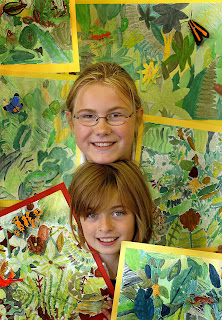Upright and View - Do both
But problems arise when you have to construct a photograph, not just point and push. If you see a colourful sunset, you look through the viewfinder and depress the shutter release and the job is done. But the majority of my jobs involve people and this means that the contents of the photograph must be structured.
When I first applied for the job of Junior Photographer at the Western Gazette I was sent out to an evening assignment at the Octagon Theatre in Yeovil to photograph the mayor at the time and some of her guests.
I grouped the people together in a nice line against a plain background with the mayor in the middle.
I was dismayed to be told that it was OK, but it was flat and that there was no interest to it.
I did not get the job, which went to a Justin Sutcliffe- who is now an global award winning photographer and friend. But learned a valuable lesson. There is no excuse for mundane images. There is always something you can do.
Bring two people forward and drop the rest of the group behind. Maybe stand on a chair or stairs to get some height and look down on the group. Try to fill the frame with useable content. Do not leave any dead space – who is interested in peoples feet if the photograph is of a cheque presentation.
As I have said before, lighting is the key, it is what breathes life into the picture.
The other thing I learned that day was to turn the camera up the other way, force yourself into taking upright pictures.
It is not an easy skill to master successfully but with practice it is extremely satisfying and working for a newspaper provides lovely shapes for creative layout sub-editors to utilise.
Remember that anybody can take a snap but with a little creativity a more dynamic composition can be achieved separating yourself from mere panchromatic mortals.
COMPELLING IMAGE: Children from years five and six at Trent Young’s Endowed Primary School create paintings of the rain forests as part of a school project.



Comments
Post a Comment